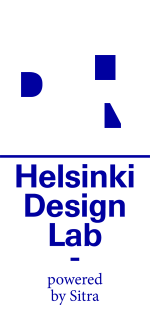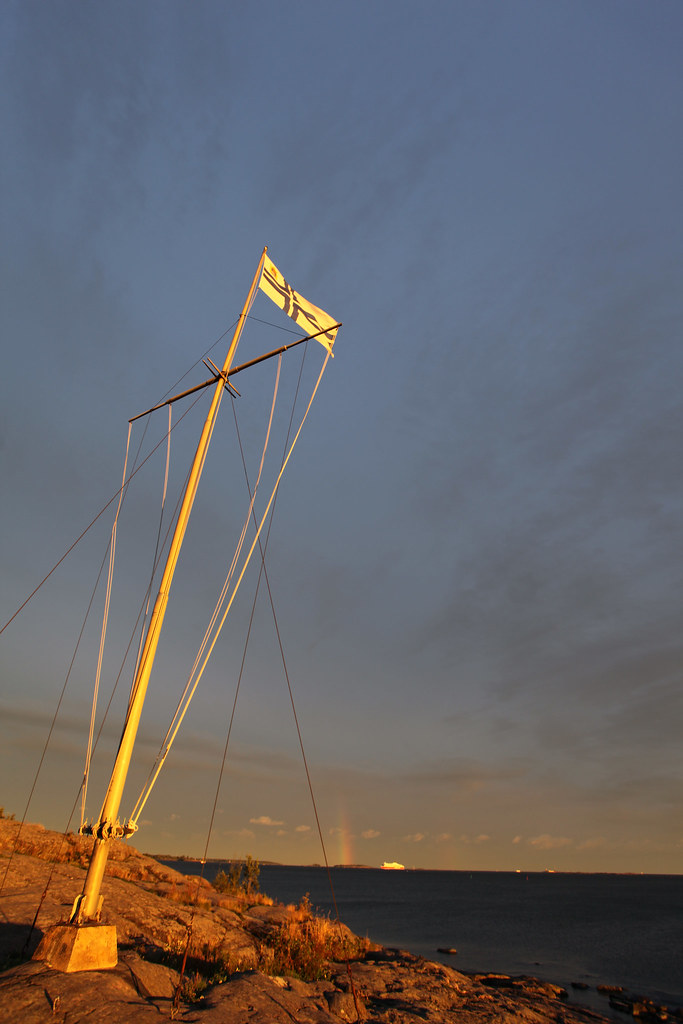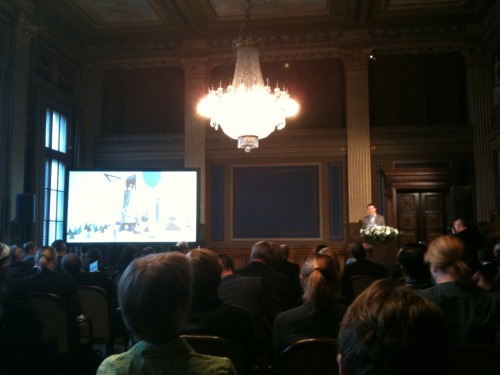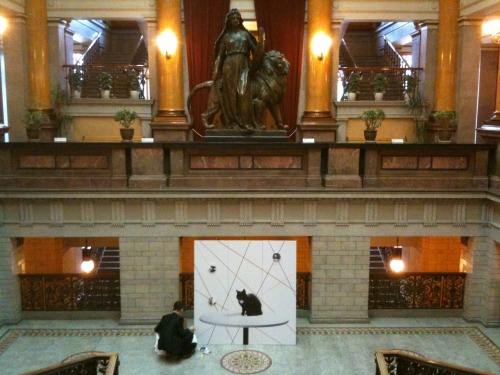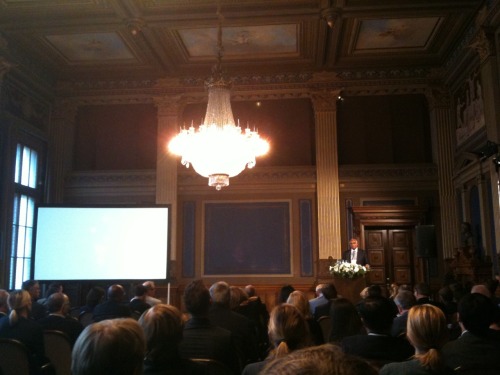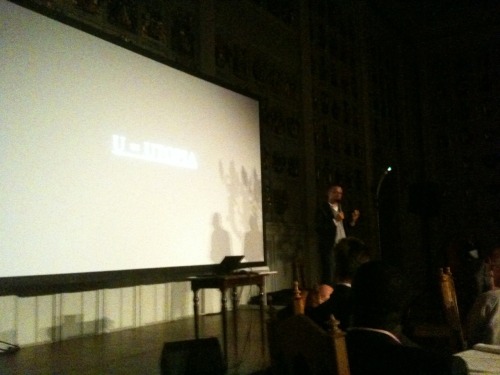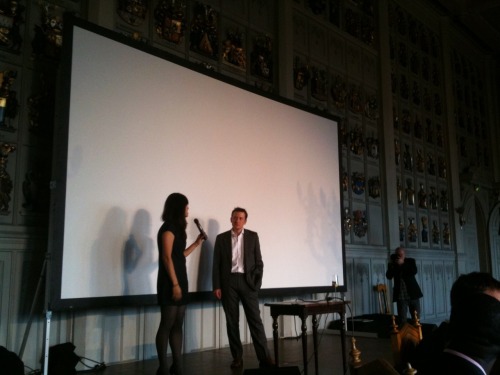Helsinki Design Lab helps government leaders see the "architecture of problems." We assist decision-makers to view challenges from a big-picture perspective, and provide guidance toward more complete solutions that consider all aspects of a problem. Our mission is to advance this way of working—we call it strategic design.
Editor's note: We offered this blog as a platform to four HDL Global participants who are documenting the event for everyone to get a glimpse of how things are going down. This is one such post by Ido Mor.
The Helsinki Design Lab is inspiring its global audience to attack their most pressing, intractable challenges using a systems-oriented approach to problem solving. At the heart of discussions over the past two days, we’ve heard experts in policy and various industries emphasizing the need to focus as much on the architecture of the problem, as we do on the architecture of the solution, and to leverage a multi-disciplinary approach in the process.
Ageing populations, education, and sustainability were the subjects of a series of lively panel discussions. A common thread running throughout these topics is the fact that their problem space cannot be summarized as a puzzle, but must be considered as a mystery. The primary difference between puzzles and mysteries is that the latter offers us no reference points as to what the final outcome will look like. As such, our problem-solving toolkit for puzzles is rendered ineffective in the mystery space – though unfortunately we find that the same toolkit is often applied to both.
As policy makers, engineers, scientists, and designers, our job becomes to de-risk the options we propose. We heard repeatedly yesterday and today that the best starting point for doing this successfully is to zoom out before zooming in. This often feels counter-intuitive, especially when urgent pain points are screaming in our face, but it’s the only way we can begin to transform the systems that generated the predicaments we’re currently facing. Looking forward to more great discussions tomorrow.
Editor's note: We offered this blog as a platform to four HDL Global participants who are documenting the event for everyone to get a glimpse of how things are going down. This is one such post from Anna-Leena Vasamo.
As the second day of HDL Global 2010 is coming to an end, it’s a good time to take a minute to recap how the event has been so far. Over the last two days it’s been inspiring to meet and listen to so many brilliant people who are all well-respected individuals in their own fields of expertise. The past two days have moved from defining strategic design to discussions of its application to themes of sustainability, education and ageing. As one guest put it, the starting point to strategic design is “accepting complexities” instead of reducing and simplifying problems early in the process. Based on the discussions, I feel like that idea is being embraced by everyone at the event. It’s a unique thing to experience and the enthusiasm and energy of the guests is sure to lead to many actions beyond talk. With one more day to go, I can only say that HDL Global has been a pleasure and privilege to be a part of.
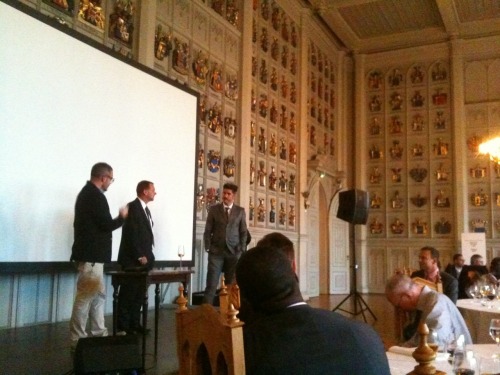
Alejandro Aravena, a designer from Chile, and Jan Vapaavuori, Finnish Minister of Housing, in conversation with Tyler Brûlé at the opening dinner of HDL Global.
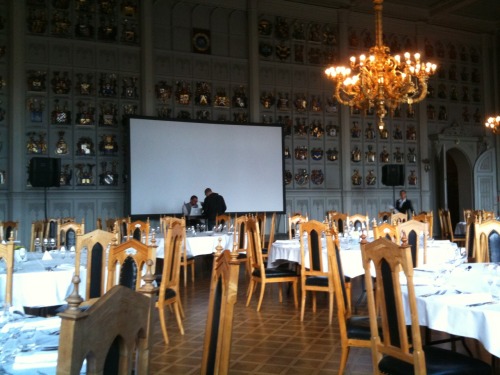
Who is this mystery performer doing a sound check?
